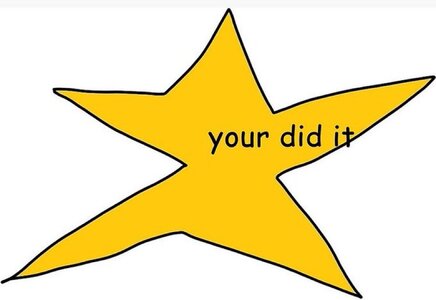TropicOfNoReturn
Registered User
- May 30, 2021
- 1,032
- 1,458
It seems as though NHL fans oft forget the somewhat obscure rule disqualifying teams from winning the Stanley Cup if they have a PDO that is too high. Similarly, and perhaps more obscure, is the rule stating that if a player on a team has too high of a shooting percentage, that also disqualifies the them.
Cited here:
46.15 Excessive PDO – Should a team's regular season PDO exceed 1050, that team will be ineligible to win the Stanley Cup, regardless of the outcome of the games in which they participate.
and
50.12 Unsustainable Shooting Percentage - When any individual player on a team has a regular season shooting percentage higher than 33%, that team will be disqualified and hence ineligible from winning the Stanley Cup
The infamous case of these rules actually being enforced was in 1928 when the Montreal Maroons advanced to the Stanley Cup Final against the New York Rangers. The Maroons went on to win that series, based on actual on-ice results, and capture the Stanley Cup with Babe Siebert scoring a series-clinching goal late in game 5 (the Final was a best-of-3 back then). Unfortunately for them and their fans, these rules, which had been buried in the rulebook, were brought to light. It turns out that Siebert's teammate Hooley Smith had a shooting percentage of 33.4%. Even more egregious, the team collectively had a regular season shooting percentage of 18.6%. Most appalling, and what ultimately ended up costing the Maroons the Stanley Cup, was their team regular season PDO of 1051.
This entire ordeal likely couldn't happen today with the speed of information transfer we now have, but one can see how in 1928 the coaches and players perhaps were not even aware of these rules - and how the Maroons were allowed to play all the way to the Stanley Cup Final before NHL President Frank Calder had to rightfully rip the Cup out of the hands of Maroons captain Dunc Munro.
Cited here:
46.15 Excessive PDO – Should a team's regular season PDO exceed 1050, that team will be ineligible to win the Stanley Cup, regardless of the outcome of the games in which they participate.
and
50.12 Unsustainable Shooting Percentage - When any individual player on a team has a regular season shooting percentage higher than 33%, that team will be disqualified and hence ineligible from winning the Stanley Cup
The infamous case of these rules actually being enforced was in 1928 when the Montreal Maroons advanced to the Stanley Cup Final against the New York Rangers. The Maroons went on to win that series, based on actual on-ice results, and capture the Stanley Cup with Babe Siebert scoring a series-clinching goal late in game 5 (the Final was a best-of-3 back then). Unfortunately for them and their fans, these rules, which had been buried in the rulebook, were brought to light. It turns out that Siebert's teammate Hooley Smith had a shooting percentage of 33.4%. Even more egregious, the team collectively had a regular season shooting percentage of 18.6%. Most appalling, and what ultimately ended up costing the Maroons the Stanley Cup, was their team regular season PDO of 1051.
This entire ordeal likely couldn't happen today with the speed of information transfer we now have, but one can see how in 1928 the coaches and players perhaps were not even aware of these rules - and how the Maroons were allowed to play all the way to the Stanley Cup Final before NHL President Frank Calder had to rightfully rip the Cup out of the hands of Maroons captain Dunc Munro.

